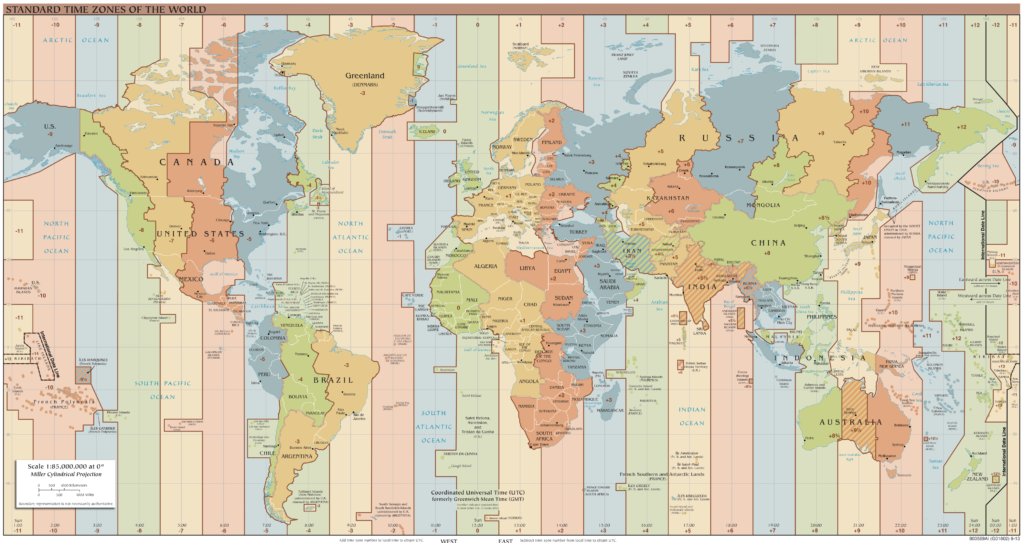A Few Notes on Scheduling in General
The first thing to remember is to allow enough time for the meeting to actually happen. If you think it will take an hour, and everyone on the team is scheduled to leave at 5:00, don’t schedule the meeting for 4:00 unless you have very specific reasons. You could end up with distracted participants who are watching the clock and not paying attention—or people leaving before the final decision or learning has wrapped up.
That said, if you have a team that tends to veer off-topic or to overthink decisions that should be made quickly, planning a meeting with a hard stop at the end of the day can be useful. It’s then up to you to remind them that a specific decision must be made by the end of the meeting.
Set Up Your Remote Meeting for Success
The practice of setting a clear agenda with objectives is important for any meeting. However, for remote settings, communication before the meeting is important because participants don’t have the opportunity to have informal, pre-meeting discussions that naturally occur in physical office environments.
- Collaborate: Encourage team members to contribute agenda items well in advance of the meeting. This fosters a sense of ownership and engagement.
- Share: Sharing relevant documents, reports, or pre-reading materials well in advance becomes more important in a remote context. Participants need time to review these materials to fully engage in the discussion, especially when they cannot quickly clarify points or catch up through in-person interactions.
- Prepare: Draft an agenda that includes topics for discussion, objectives, and allocated times for each segment. Share this with participants at least 24 hours in advance.
Specific Challenges of Scheduling Remote Meetings
Using Technology
The main challenge of remote communication is that technology doesn’t always work right, and people may not always be as comfortable with it as you’d like. In general, you should follow these two rules:
- Add fifteen minutes to the amount of time you’d schedule for the same meeting in person. For example, if an in-person meeting would take an hour to cover the content, schedule an hour and fifteen minutes. This should give you enough time to help people get logged in, troubleshoot any technical challenges, and still cover all of the content. If everything goes smoothly, and your meeting ends early, you probably won’t have any complaints.
- If you think there will be a lot of discussion or Q&A, you might want to add even more time.
There are a few helpful preparations you can recommend to your participants, especially if they are using a type of technology or a new platform for the first time:
- Recommend some YouTube tutorials that show how to log in to the platform and participate using the various features. Very often, the company that produces the platform has ready-made video tutorials. Make sure you choose recent videos since companies are continually upgrading and adding features.
- Recommend that participants try logging in from the device and location they will be using during the meeting in advance. Even if nothing is going on in the virtual meeting space, they will know that their tech works. They may find that they also need to download an app or a plug-in, which can take time and delay entering the meeting. But if done in advance, they will be ready right on time.
These steps will familiarize first-time participants with the platform, cut down on their anxiety about using it, and hopefully reduce technological glitches during the meeting.
Time Zones
One of the benefits of using technology for meetings is that people can meet even if they’re far away from each other. The catch to this is that distance leads to people being in different time zones. Within the continental US, this is usually not a big problem, but it can complicate matters quite a bit if you’re in Ohio and you have colleagues in Shanghai. A helpful website for figuring out time zones is World Time Saver.

Most polling and scheduling platforms detect the locations of your participants and show the available times in their time zones. For example, if you set up a time slot for 4:00 p.m. in Chicago, your colleague in Los Angeles will see it as 2:00 p.m. in their invitation. Doodle, Calendly, and Google Calendar are examples of platforms that display time differences automatically to users. As long as you are using this type of software, you won’t need to adjust the time of each recipient’s invitation.
If you are polling participants to schedule a meeting, varied time zones will make your initial job of choosing time slots a bit more complicated. You want to be sure that you are choosing times when the most people are likely to be awake and at their desks. If it’s an international meeting, you might just have to accept the fact that there will be some sleepy participants, but do your best to accommodate the most people.
Keep in mind that if you have participants who are very far away, they might not even be having the meeting on the same day as the rest of the team. For example, a meeting that takes place at 4:00 p.m. on Tuesday in Phoenix, Arizona will be at 8:00 a.m. on Wednesday for the teammate in Tokyo, Japan.
For those unable to attend due to time zone conflicts, provide recordings and comprehensive meeting notes to keep them informed.